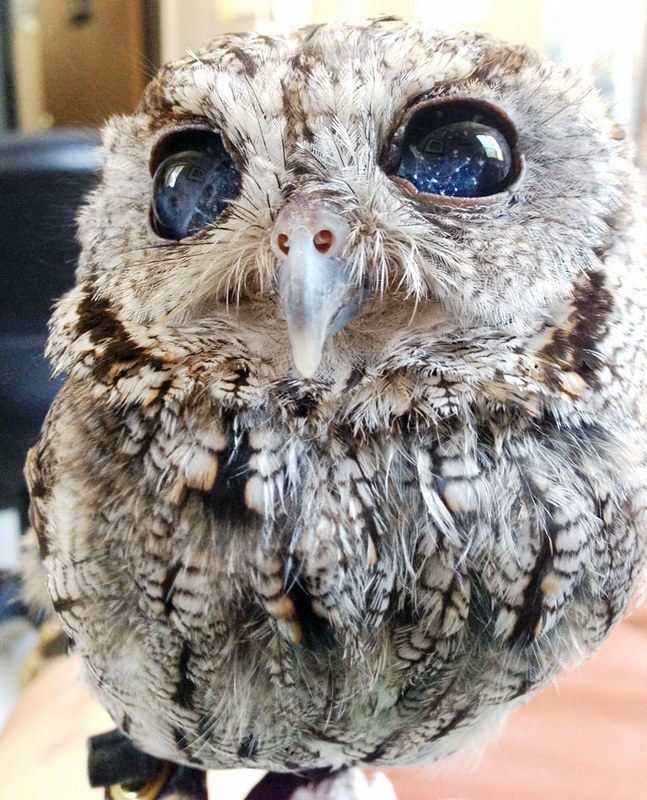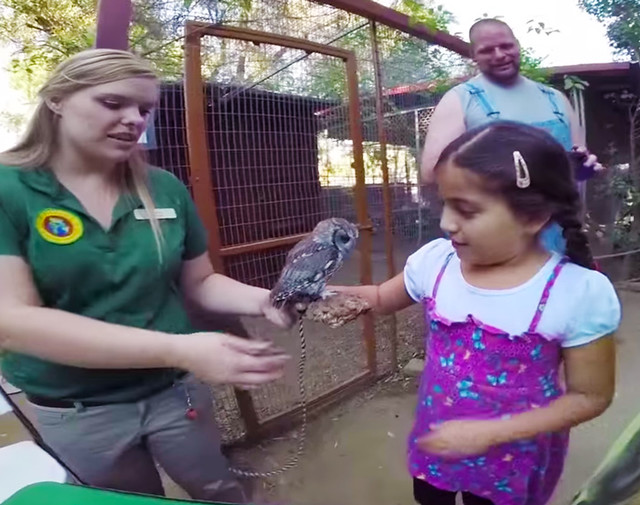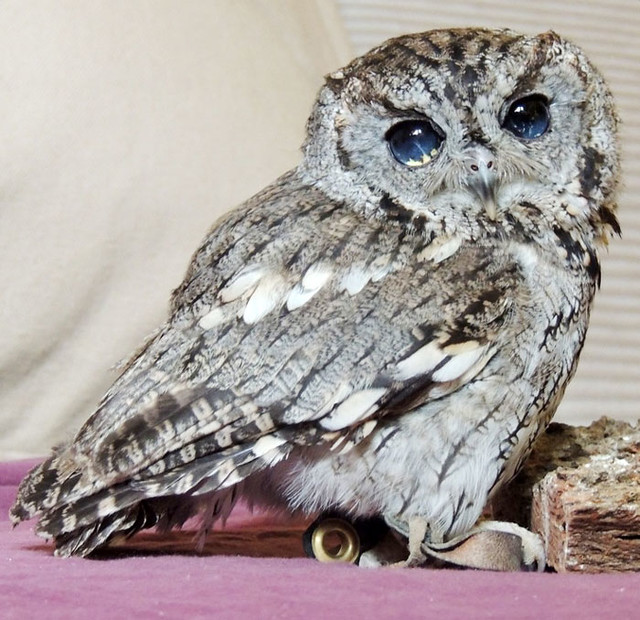Showing posts with label the. Show all posts
Showing posts with label the. Show all posts
Saturday, October 22, 2016
Honeypot Ants the honey Pots for Aborigines of Australia

Honeypot ants, also called honey ants, are ants which are gorged with food by workers, to the point that their abdomens swell enormously, a condition called plerergate. Other ants then extract nourishment from them. They function essentially as living larders. Honeypot ants belong to any of five genera, including Myrmecocystus. They were first discovered in 1881 by Henry C. McCook.
Some worker ants turn into honeypots right from their emergence from pupa stage. The young ants stay in the nest, and the worker ants who collect honey, feed them. As they feed more honey than they need, the surplus honey gets stored in their abdomen. As their abdomen expand, the ants lose their mobility.
Although the Aboriginal diet was generally low in sugar, honeypot ants were a highly valued food that provided a source of sugar for the Aborigines of central Australia.

Monday, July 18, 2016
Friday, April 8, 2016
This simple affordable technology is going to make history meet the lifestraw

Over one sixth of the world’s population is without clean water – that’s around one billion people suffering from malnutrition at this very moment. Water.org states that 3.4 million people die each year from water, sanitation, and hygiene-related issues, and about 6000 children die every day for the same reason, hence this issue can be considered one of, if not the, greatest current global crises. Safe water interventions are thus the most urgent international dialogues as these technologies have the ability to transform the lives of millions, especially in developing countries.
Over one sixth of the world’s population is without clean water – that’s around one billion people suffering from malnutrition at this very moment. Water.org states that 3.4 million people die each year from water, sanitation, and hygiene-related issues, and about 6000 children die every day for the same reason, hence this issue can be considered one of, if not the, greatest current global crises. Safe water interventions are thus the most urgent international dialogues as these technologies have the ability to transform the lives of millions, especially in developing countries.
Enter the LifeStraw, a powerful yet compact and simple water filtration system which may be the solution to world’s water emergency. Its body is tubular in shape, extending 25cm long and 29mm in diameter. How it works is simple: place one end of the tube into water and suck from the other end, that’s it. Positive test results have been achieved on tap, turbid and saline water against common waterborne bacteria such as Salmonella, Shigella, Enterococcus and Staphylococci.
This LifeStraw was designed with special emphasize on avoiding any moving parts, as a sealed unit with no replaceable spare parts, and avoiding the use of electricity, which does not exist in many areas in the 3rd world. Because force (power) is required to implement the filtering, Vestergaard Frandsen chose to use the natural source of sucking, that even babies are able to perform.

What first meets the water when sucked up is a pre-filter of PE filter textile with a mesh opening of 100 microns, shortly followed by a second textile filter in polyester with a mesh opening of 15 microns. In this way all big particles are filtered out, even clusters of bacteria are removed. The first iteration of LifeStraw used iodine to kill bacteria, but the 2012 version contains no chemicals. Instead, the product incorporates mechanical filtration. When you suck on your LifeStraw, water is forced through hollow fibers, which contain pores less than 0.2 microns across — thus, a micro-filtration device. Any dirt, bacteria or parasites are trapped in the fibers, while the clean water passes through. When you’re done drinking, you simply blow air out of the straw to clear the filter.
The LifeStraw website states that each straw has a life-time of 1000 liters, that’s over one year worth of water consumption for one person. With all this in mind, one would think this system rings in heavy on the wallet. However, Vestergaard Frandsen made the cost of this technology its main feature, placing the LifeStraw at a price of only $20 USD. His main goal was for it to be affordable and accessible to people in developing countries.
The original idea was created ten years ago by Torben Vestergaard Frandsen, but over the years in partnership with The Carter Center, Rob Fleuren from Holland and Moshe Frommer from Israel, the Lifestraw emerged from work designed to make water filters capable of safeguarding against Guinea Worm. LifeStraw can also keep away bacteria and diseases like diphtheria, cholera and diarrhoea.

This technology is winning awards for a reason. Through people’s donations the LifeStraw has the ability to make history. Please visit their website for more information and join the movement that’s saving lives all around the globe!
Resources:
http://water.org/water-crisis/water-facts/water/
http://lifestraw.com/
Thursday, March 31, 2016
Sunday, March 27, 2016
Tattoo of the week!!


This is the first sitting on a client for a Paul Booth inspired sleeve!!!

Sunday, March 13, 2016
Here are 9 reasons Denmark’s socialist economy leaves the US in the dust

Thanks to Vermont Senator Bernie Sanders’ proud identification as a Democratic Socialist and allusion to Denmark as an ideal social democracy, Denmark is being discussed throughout the news media. But what few outlets are brave enough to report is that, by almost every measurable standard, Danish socialism runs circles around American capitalism. Here are a few examples:1. Denmark’s unemployed workers get 90 percent of their old salary for 2 years.
Denmark has a tremendous social safety net for unemployed workers — any worker who worked at least 52 weeks over a three-year period can qualify to have 90 percent of their original salary paid for, for up to two years. The Danish government also has plentiful training programs for out-of-work Danes. As a result, 73 percent of Danes between 15 and 64 have a paying job, compared to 67 percent of Americans.
2. Denmark spends far less on healthcare than the US.
 |
| World Bank data on healthcare costs in developed nations. |
3. Denmark is the happiest country on Earth.
 |
4. Danes enjoy the world’s shortest workweek.
Denmark leads every other OECD nation in work-life balance. Danes work an average of 37 hours a week, earn an average of $46,000 USD annually, and have the right to 5 weeks of paid vacation per year. Here in the US, the average worker puts in an average of 47 hours a week, and only takes 16 days of vacation a year. This is largely due to a more stressful work climate, in which wages are stagnating while costs are rising. Combine that with a highly-competitive job market, and that means more Americans are willing to chain themselves to their desk then to risk taking vacation days and coming back to find someone else took their job.
5. Denmark pays students $900 a month to attend college.
 |
| An actual college campus in Denmark. |
6. Denmark has one of the highest per-capita incomes in the developed world.
 |
| Per capita income data from the World Bank. |
7. Denmark has one of the world’s lowest poverty rates. The US has one of the highest.

So all this socialist nanny-state coddling must be making all the businesses flee Denmark as fast as they can, right?
Wrong.
8. Denmark is ranked the #1 best country for business (The US is ranked #18).
In 2014, Forbes ranked Denmark as the #1 best country for business.
Forbes used 11 different criteria to rank countries — innovation, property rights, red tape, taxes, investor protection, stock market performance, technology, corruption, personal freedom, freedom of trade, and monetary freedom.
Under the same criteria, the US ranked #18.
9. New parents in Denmark get 52 weeks of paid family leave. New American parents get nothing.
The Danish government gives new parents an average of 52 weeks — a full year — of paid time off after having a child. Those 52 weeks can be allocated however the parents wish. In addition to the 52 weeks, new moms get 4 weeks of maternity leave before giving birth and 14 weeks after. Even new fathers get 2 additional weeks after the birth of their child. But here in the US, 1 in 4 new mothers go back to work within two weeks of having a child.
Source: US Uncut
Saturday, February 20, 2016
the doors of perception
perception
.jpg)
a bird
.jpg)
Friday, February 19, 2016
Nestle CEO Seeks to Control the World’s Water Supply

Gun control may be a hot topic, but what about water control? Recent comments from Nestle CEO Peter Brabeck imply that the world’s water will soon come under the control of corporations like his. Brabeck makes the astonishing claim that water is not a human right, but should be managed by business people and governing bodies. He wants water controlled, privatized, and delegated in a way that sustains the planet. View the astonishing interview below:
Water control hitting the United States
All of this means that Brabeck’s future plans include monitoring and controlling the amount of water people use. One day, cities and towns may be forced by international law to limit each household to a set amount of water. People may have to obtain permits to dig wells or pay fines for collecting rainwater. Laws like these are already in motion in the United States. Learn more here: http://www.naturalnews.com/029286_rainwater_collection_water.html
Nestle’s CEO thinks all water should have a price
In the interview, Brabeck touts that his company is the largest foodstuff corporation in the world with over $65 billion in profit each year. He proudly claims that millions of people are dependent on him and his company. Does this guy think he is a god?
He calls water a “foodstuff” that needs an assigned value. Who controls the price of water? Brabeck bases his sustainability projects on the fact that a third of the world’s population may face water shortages within 15-20 years. By price controlling water, Brabeck believes he may save the planet from food and water shortages in the coming years.
With the threat of future water shortages, is it necessary to strip all humans of their natural liberty to water, as Brabeck suggests?
What might happen if international controls are placed on water sources as a select few corporate dictators rule over the water supply?
Can a free and thriving people find better ways to conserve and respect water with their own liberty, rather than allow global corporations to control it?
Nestle CEO applauds GMO farming and criticizes organic practices
Putting a person like Brabeck in control of water would create a tyrannical monopoly on something that was meant to be free. If influential corporations put a lock on the water tap, then they could dictate which farms received water. Nestle could protect GMO farming. In fact, in the interview, Brabeck said organic food is “not the best” and he went on to say that genetically modified food is perfectly safe and causes no disease. With this philosophy, a Brabeck economy would cut off organic farming from the water supply and allow genetically modified food to reign over the people.
Working together to preserve our right to water
Free people everywhere must work together to preserve their natural right to water. If one wants to dig their own well and tap the ground water, so be it. They are responsible for their keep. If one wants to collect their own rain water to sustain their own garden, then so be it. If one wants to purify their own water trough charcoal gravity fed filters and ditch bottled water companies altogether, then they will be better off for doing so. Is it time to reject a bottled water industry that is brainwashing people to submit to price controlled water? Humans can self sustain and work together,managing their own water. Greedy corporate CEOs are not the answer. No one is dependent on them. Water should remain unadulterated, free and available as a right to all.
Sign a petition to stop Nestle from dominating the world’s water supply.
stopnestlewaters.org/about
Sources for this article include:
- www.naturalnews.com
- americanlivewire.com
- www.sodahead.com
Tuesday, February 16, 2016
Zeus the blind Owl With Eyes Like twinkling galaxies
One morning, someone in Southern California found an injured owl on their porch. It turned out to be a blind Western Screech Owl with eyes that look like a starry night. After a visit to the vet, the owl found a new permanent home at the Wildlife Learning Center in Sylmar, California. He was named “Zeus” after the Greek god of sky and thunder because of his stunning eyes.
Zeus was injured when he was found on that front porch in South California, but the dedicated team of animal lovers at the center helped him on his feet again. Since he was blind, they couldn’t simply release him back into the wild, so he now lives in a trunk on the filing cabinet next to Wildlife Learning Center founder Paul Hahn’s desk.
As for the galaxy-like formations in Zeus's eyes, they're likely vitreous strands. Eyes are filled with a jelly-like substance called vitreous, which often has strands and clumps of collagen floating around it (a.k.a. 'floaters'). Also, Zeus doesn't appear to have an iris or lens.


 |
| Zeuss is very friendly and loves to be near people, so if you’re ever in California, be sure to visit him and his friends in the Wildlife Learning Center |
 |
| “It is really special that Zeus’ disability is causing so many people to be aware and care for screech owls and our environment everywhere. He truly is an ambassador to his species” |
 |
| He even has a toy friend and loves Halloween! Source: wildlifelearningcenter.com |
Subscribe to:
Posts (Atom)

